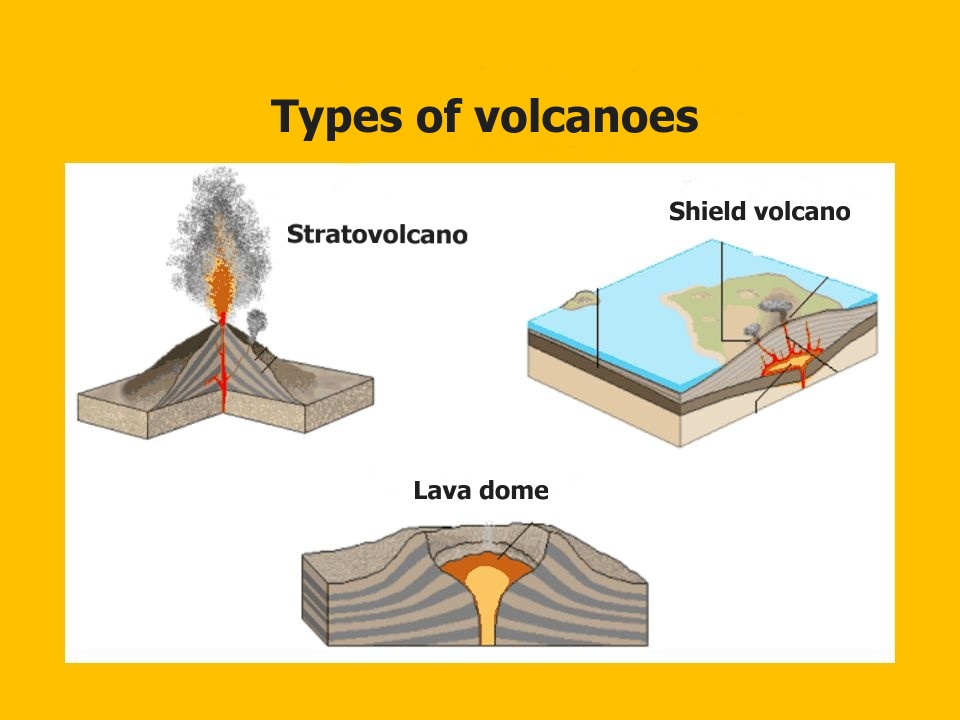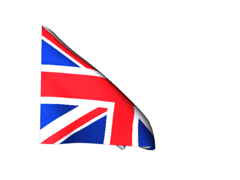Brusnik, nenaseljeni otočić, na razmaku 23 km od otoka Vis. Otočić je dug 320 m, širok 205 m i zauzima površinu od 4,5 ha. Otok je od 1951. zaštićen kao spomenik prirode, poseban zbog svoje geološke strukture, ali i biljnog i životinjskog svijeta od kojih su neke vrste i endemi.
Istočna strana Brusnika strma je i stjenovita dok se zapadna blaže spušta prema moru, tvoreći ondje malo žalo od prekrasnih oblutaka. Stijene su eruptivni konglomerati, slijepljeni sedimentima vapnenca. Sredinom otoka proteže se udolina uz čije se strane uzdižu masivne stijene od dijabaza. Dio otoka pod morem prošaran je kanalima kroz koje morska voda prodire na površinu. Ovu blagodat prirode iskoristili su komiški ribari, ogradili pojedina mjesta s morem, i dobili tako «jastožere», jezerca – bazene za čuvanje ulovljenih jastoga. One su im za vrijeme ribolova, u jesenjim i proljetnim mjesecima, omogućavale duži boravak u vodama oko Brusnika. Za jakog juga, koje u zimskim mjesecima zna puhati olujnom jačinom, udolina na otoku ispuni se morem tvoreći tako od jednoga, dva odvojena otočića.

Ovaj otok mjesečevog reljefa, pruža vrlo oskudne uvjete za život koji usprkos tome cvate i buja na sebi svojstven način. Nailazimo tu na endemsku biljku brusničku zečinu (podvrstu dubrovačke zečine), obilje kapara, koji se od svibnja kiti prelijepim, nježnim cvjetovima, rastu ovdje i stablašice sa svojim predstavnikom tamarisom, ali i druge biljne vrste donesene, pretežno, ptičjim izmetom ili vjetrom. Od faune je najinteresantniji, a ujedno i najpoznatiji predstavnik, endem, brusnička crna gušterica čiji mužjak duž boka ima pjege predivne tirkizno-modre boje, koje se, iz daljine doimaju poput pruge. Ima tu i zečeva dopremljenih prije nekoliko godina, najvjerojatnije iz nečijeg hira. Ove brze i plahe životinje prilagodile su se novom staništu i vrlo ih je teško zamijetiti. Ipak, najbrojniji stanovnici ovog, po svemu jedinstvenog otoka, jesu galebovi, koji se na njemu i gnijezde.
Vulkan (lat. vulcanus) dobio je ime po rimskom bogu vatre Vulcanusu. Vulkan je uzvisina nastala nakupljanjem materijala iz unutrašnjosti Zemlje. Iz magmatskog ognjišta, kroz kanale, magma prodire prema površini te se izlaskom na površinu naziva lava. Izlazak može biti miran pa dolazi do laganog istjecanja, ali i mnogo opasniji u obliku snažne vulkanske erupcije kroz vulkanski krater. Vulkane možemo podijeliti na aktivne i neaktivne, tj. ugasle vulkane. Neki su od najpoznatijih vulkana Vezuv i Etna u Italiji, Krakatau u Indoneziji, Mauna Loa na Havajima te Popocatepetl u Meksiku.
Hrvatska ima dva otoka koji su u potpunosti vulkanskog postanka (Brusnik i Jabuka) te jedan ugasli, fosilni vulkan na obroncima Ivanščice na području grada Lepoglave.
Za uspješno logiranje trebat će vam ova četiri pomagala kompas, termometar, nož i komad stakla (po mogućnosti u obliku ravne plohe, dakle, ne boca). Sve što ste na otok donijeli, molim vas, ponesite sa sobom natrag na kopno. Hvala. Za valjani "found it" log morate poslati na moj profil odgovore na sljedeća pitanja:
1. Koje su glavne vrste vulkana? Koji tip je otok Brusnik?
2. Što je konglomerat?
3. Odredite stranu svijeta ili azimut mjesta gdje se nalazi šljunčana plaža.
4. Nabrojite barem tri aktivna vulkana na svijetu (jedan u Europi, jedan u Africi i jedan u Americi).
5. Procjenite visinu najvišeg vrha otočica.
6. Da biste izvršili zadatak trebat će vam kompas. Opišite kako se kompas na otoku ponaša i što uzrokuje ovu pojavu.
7. Izmjerite temperaturu vode u bilo kojoj «jastožeri» i usporedite ju s temperaturom vode na vanjskoj strani otoka. Je li temperatura viša, niža ili jednaka? Objasnite zašto je tako.
8. U terenu odredite tvrdoću sveprisutnog minerala, od kojeg je otok formiran. Pokušajte izgrepsti nožem crtu u tom mineralu. Ako ste uspjeli, njegova tvrdost bi trebala biti između 3 i 5 Mohsove skale tvrdosti. Hoćete li pomoću minerala izdubiti crtu na staklu? U tom slučaju tvrdoća minerala kreće se između 6 i 9 stupnjeva Mohsve stupnice.
9. Napravite fotografiju sebe ili gps-a uređaja ili papira s vašim nikom sa lokacije EC-a te ju stavite u svoj log.


Brusnik, an uninhabited islet, at a distance of 23 km from the island Vis. The small island is long 320 m, wide 205 m and covers an area of 4.5 ha. The island was in 1951. protected as a natural monument because of its special geological structure, but also flora and fauna of which some species and endemic species.
Approach to the island is prohibited from 15. March to 15. June.
Brusnik eastern side is steep and rocky while the milder western slopes towards the sea, creating a small beach, but few of the beautiful pebbles. Eruptive rocks are conglomerates, cemented sediments in limestone. Middle of the island stretches along the valley whose sides rise the massive rocks of diabase. Part of the island under the sea is covered with channels through which sea water penetrates the surface. This boon of nature are used fishermen from Komiža and distanced some of the sea, and get so "Jastožera" lakes - the pools for the storage of lobsters caught. They have them during fishing in fall and spring months, allowed a longer stay in the waters around Brusnik.

For the strong south, which in winter can blow with gale force, the valley fill on the island by sea, thus creating one of, two separate islands. This island is a moon landscape, provides a very poor living conditions that despite booming and flourishing in its own way. We find that the endemic brusnička knapweed (subtype Star thistle), an abundance of capers, which is from May adorns a beautiful, delicate flowers, and trees grow here with your representative tamarisk, and other plant species taken, mainly, bird faeces or wind. Since the most interesting fauna, and also the most representative, endemic, brusnička black lizard with a buck along the flank has freckles beautiful turquoise-blue color, which, from a distance looks like stripes. There are also rabbits tours a few years ago, probably from someone's whim. These quick and timid animals have adapted to new habitats, and they are very noticeable. However, the most numerous inhabitants of this, most likely a single island are seagulls, who are on it and the nest.
Volcano (lat. Vulcanus) was named after the Roman god of fire Vulcanus. The volcano's elevation caused by accumulation of material from the Earth's interior. From magmatic hearth, through channels, magma penetrates the surface and the exit to the surface is called lava. Rise may be quiet but there is a slight leakage, but also much more dangerous in the form of powerful volcanic eruptions through volcanic crater. Volcanoes can be divided into active and inactive, ie. An extinct volcano. Some of the most famous volcano Vesuvius and Etna in Italy, Krakatau in Indonesia, Mauna Loa in Hawaii and Popocatepetl in Mexico.
Croatia has two islands that are completely volcanic (Brusnik and Jabuka) and one extinct, fossil volcano on the slopes Ivanščica in the town of Lepoglava.
To successfully log you will need these four tools: a compass, a thermometer, a knife and a piece of glass / if possible flat /. All items that you brought to the island, take back with you to mainland. Thank you. For the valid "found it" log: You have to send to us via profile answers to these questions:
1. Which are the main kinds of vulcanoes? Island Brusnik is which kind?
2. What is conglomerate?
3. Determine azimuth or the world side of places where there is a pebble beach.
4. Please list at least three active volcanoes in the world (one in Europe, one in Africa and one in America).
5. Estimate the height of the highest point.
6. To complete the task you will need a compass. Describe how does the compass behave on the island and what causes this phenomenon.
7. Measure the temperature of the water in any «jastožere» and compare it with the water temperature on the outer side of the island. Temperature is higher, lower or the same? Explain why?
8. In the field try to determine the hardness of the ubiquitous mineral, which forms the island. Will you make scratch into the mineral with knife? Then, the hardness should be between 3 to 5 on the Mohs hardness scale. You make scratch with mineral into the glass? Then the hardness of the mineral to be between 6 and 9 degrees the Mohs scale.
9. Make a photo of yourself or GPS device or paper with your nick from the location of the EC and put it to the log.